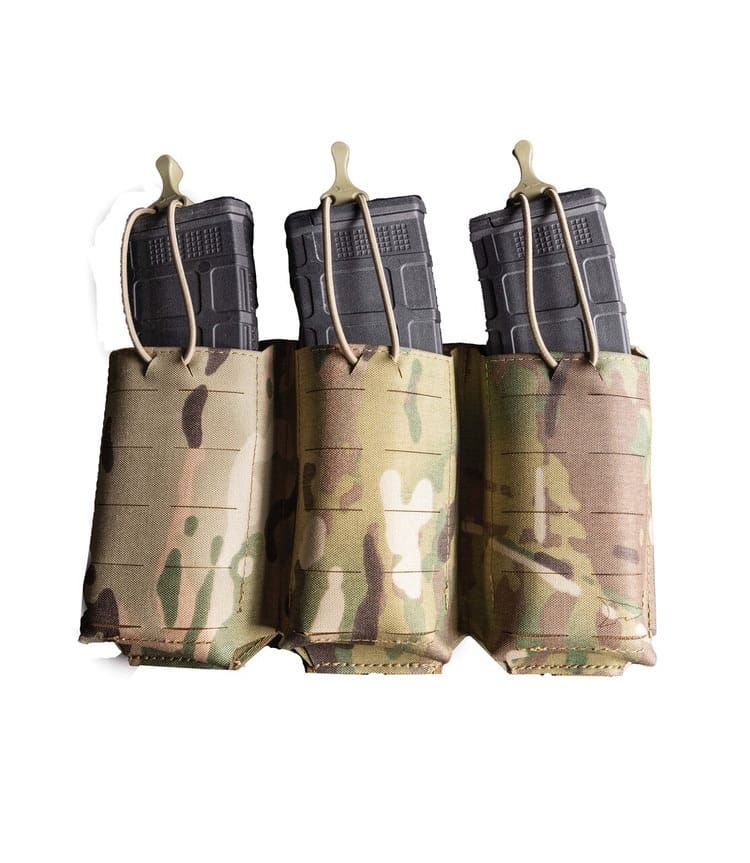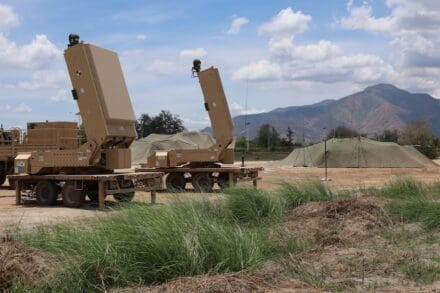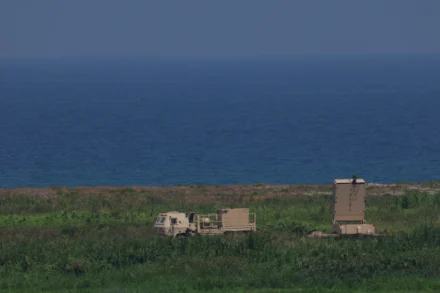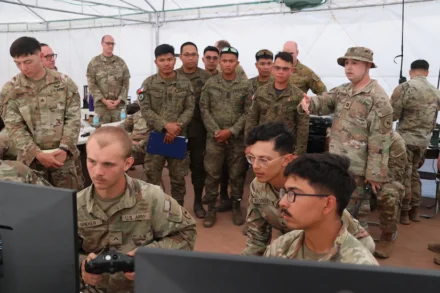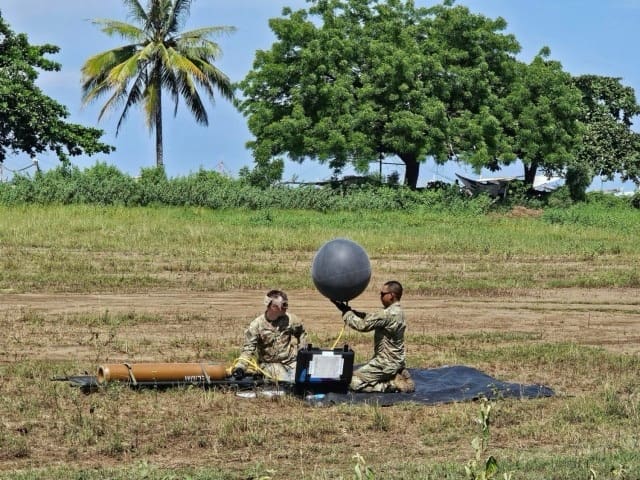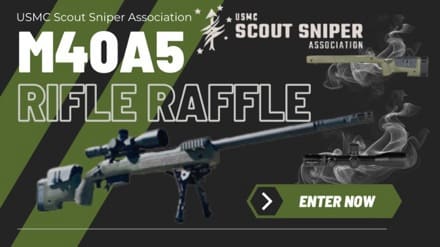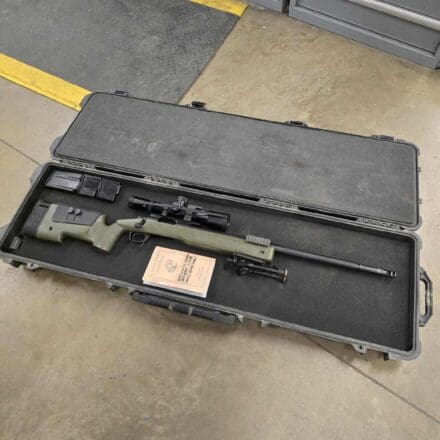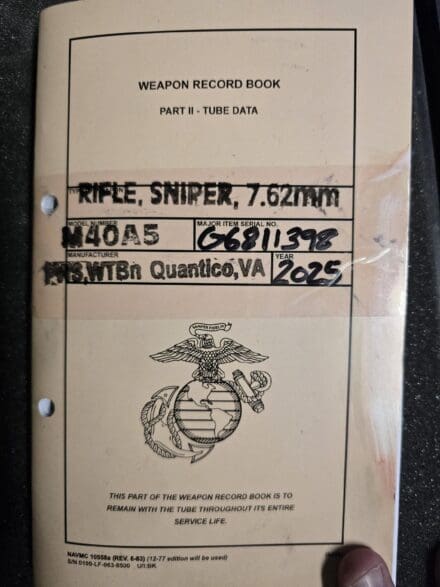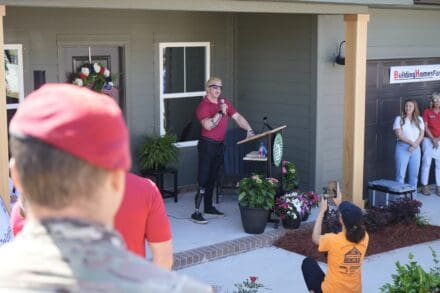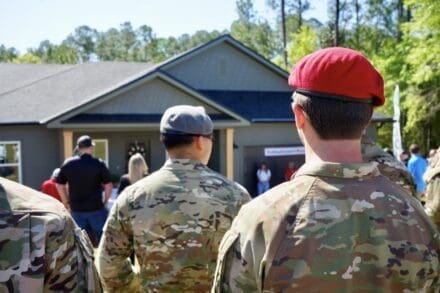Delegates from more than 60 nations to include the King of Jordan Abdullah II bin Al-Hussein along with Secretary of Defense Pete Hegseth and the Chairman of the Joints Chiefs of Staff Gen. Dan Caine and current and retired senior military leaders attended Special Operations Forces Week, May 6-9, 2025, in Tampa, Florida. The conference had 52 speakers, with 23,000 in attendance.

“Looking out at this crowd, I’m reminded of the First SOF Truth: ‘humans are more important than hardware.’ More than any other military formation, SOF is about people,” said Hegseth. “It starts and ends with troops downrange, but each of you in this room contributes to their success. Each of you — your commitment, your shared sense of mission, and your teamwork — is more important than all the cutting-edge hardware on display in the convention center. “
USSOCOM ensures the force is well-prepared for current and future challenges through 3 priorities: People – Win – Transform. The command’s philosophy is people are SOF’s comparative and competitive advantage. Special operations have eight decades of experience making the command tailor-made for this era. SOF’s warrior ethos is people-centric, and it starts with our partners.
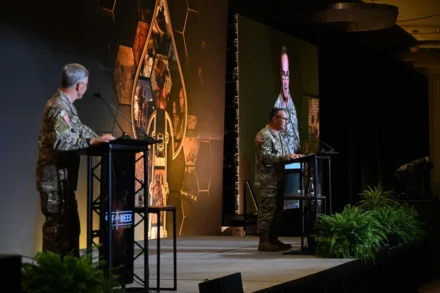
USSOCOM focuses on deterrence, crisis response, and counterterrorism simultaneously. Through deterrence, SOF is prepared to address and deter potential threats before they escalate into full-scale conflicts. SOF Week provides the opportunity for attendees to engage with one another to exchange ideas and concepts on potential multifaceted SOF approaches that contribute to integrated deterrence and, should deterrence fail, enable the joint force to prevail in conflict.
The final pillar of the command’s philosophy is transformation, SOF places heavy emphasis on innovation and technology adapting to the fluid nature of warfare. SOF’s lethality is exemplified by speed of innovation, power of adaptability, and comfort in chaos. SOF is building an enduring advantage by the continued investment in people, technologies, and organizations – marked by a commitment to evolve, modernize, and optimize for future operating environments.
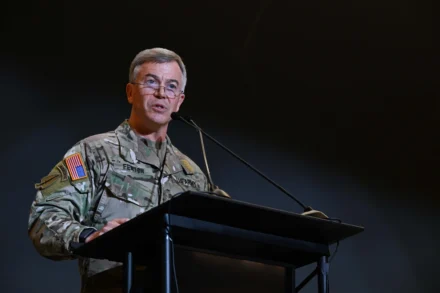
Gen. Bryan Fenton, commander, U.S. Special Operations Command and Command Sgt. Maj. Shane Shorter, command senior enlisted leader followed the Secretary of Defense.
“You heard the Secretary of Defense … we win by staying true to what makes us different— asymmetry. We offer decision-makers precise, fast, low-signature options across the spectrum—from crisis to conflict,” said Fenton. “And we’ve got an antidote to that fusion of foes. It’s right here in this room. The Global Special Operations Network. When we talk about winning… we talk about our obligation to this Nation to be the asymmetric scalpel – to not just be fast; but also, strategic. And to not just be lethal; but purposeful… tailor-made for this era.
“What does SOF transformation look like? What’s the blueprint? Because let me tell you what I am seeing: The innovation cycle has never been so compressed… when I came in the Army, we modernized across generations… I still used equipment from Vietnam… I’m old but not that old,” said Shorter. “Now we need to modernize in weeks… sometimes within days. This isn’t just about keeping pace; it’s about setting the pace. And when you think about how SOF fights against a fusion of foes… I think we better be going after these game-changing advances.”
Throughout the week, international SOF commanders discussed ways to improve interoperability, increase lethality, and optimize how SOF sources global requirements and various training venues. SOF Week is a way for the global SOF community to meet, learn from each other and advance a coordinated effort to meet global security challenges.
Melissa A. Johnson, the acquisition executive for USSOCOM, who is responsible for over 1,000-plus personnel providing lethal, rapid and focused acquisition, technology, and logistics support to SOF also gave a keynote speech.
“The name of the game is multi-domain. It’s integration, its interoperability, its interchangeability,” said Johnson. “If we are going to make an investment and close kill chains to ensure SOF forces are capable, lethal and resilient, we have to have interoperable mission systems.”
SOF Week provided the opportunity for USSOCOM personnel to network with defense industry professionals and government attendees. Attendees viewed the latest in SOF equipment and capabilities from more than 800 exhibitors.
Conference attendees from the global SOF Community were provided a unique opportunity to strengthen enduring relationships, share current technologies, enhance cooperation, and identify commonalities and challenges. These events supported USSOCOM’s ongoing efforts to formalize and strengthen existing international network partnerships and engage with key stakeholder publics.
SOF Week is the premiere conference for the special operations community to interact with industry and collaborate on the challenges, initiatives, and way-ahead in delivering the most cutting-edge capabilities to SOF operators. The week provides educational sessions, demonstrations, interaction with exhibitors and many networking opportunities. The conference is the single most important opportunity for developing, nurturing, and exercising the growing network across industry, government, academia, and international partners.
Story by Michael Bottoms
U.S. Special Operations Command
